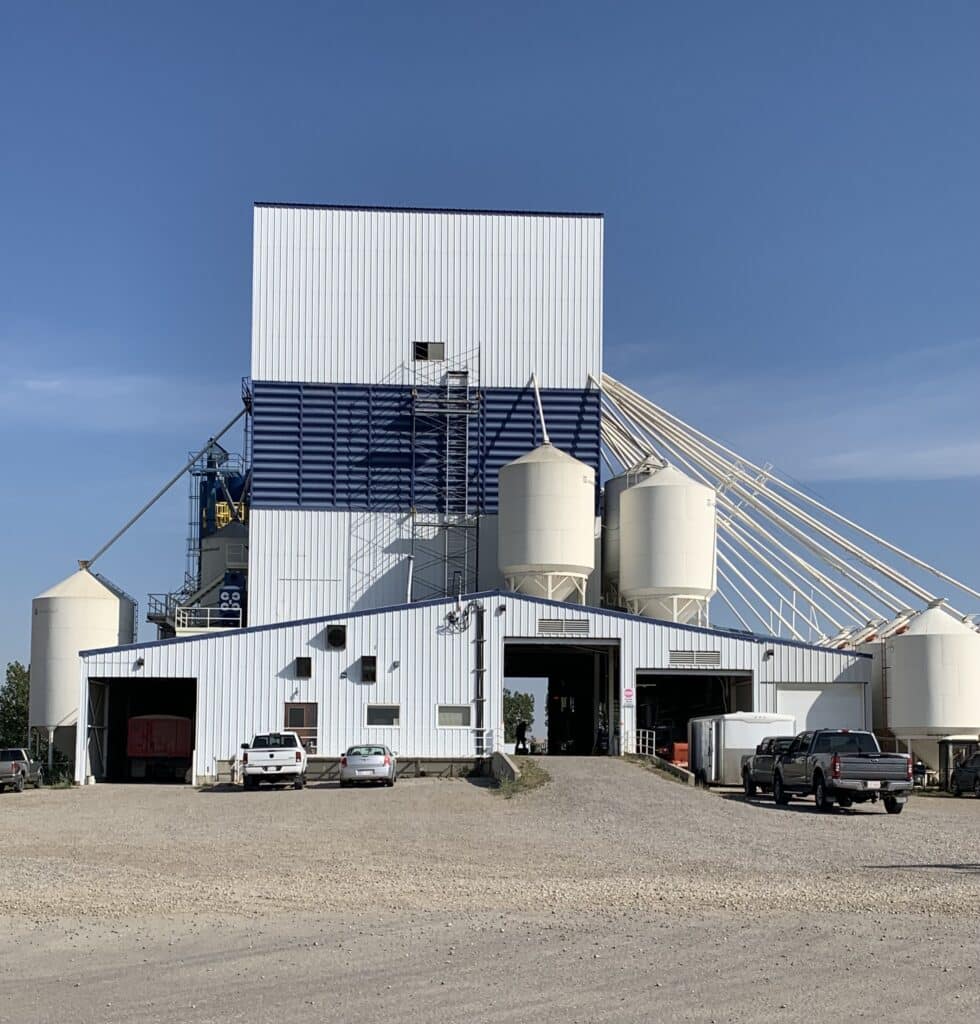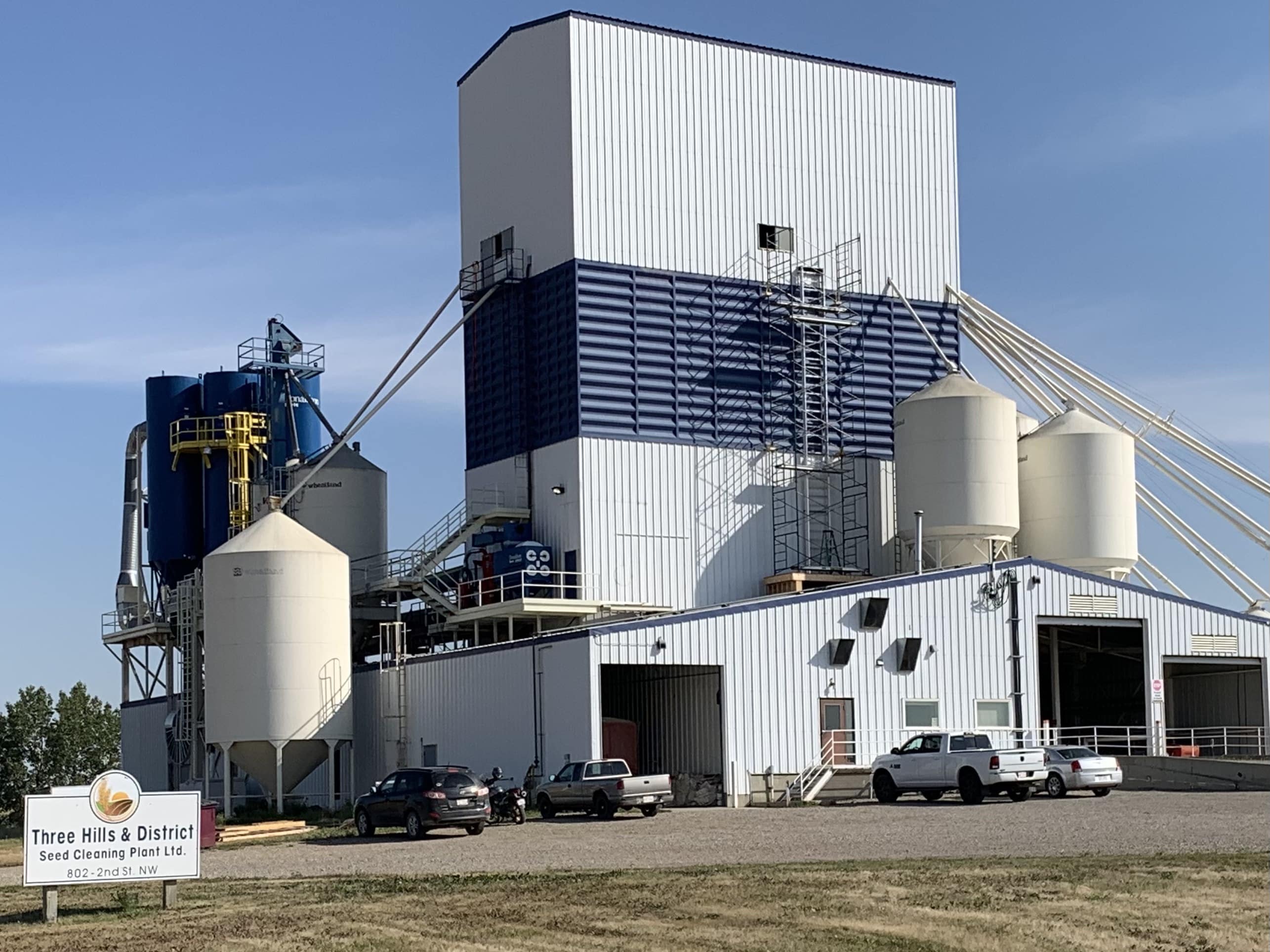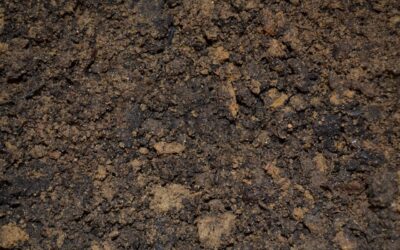What is an energy audit and why is it something those working in an agriculture should take a closer look at?
The Three Hills and District Seed Cleaning Plant has faithfully served its local farm community since 1958. However, a series of energy audits over the last handful of years showed that the equipment — much of which hasn’t been upgraded since the plant relocated to the west side of town in 1991 — was woefully energy inefficient.
Last fall, the Three Hills Plant underwent a major renovation to more than double grain handling capacity. The upgrades proved the perfect opportunity to dramatically improve energy use efficiency too.
Plant manager Greg Andrews says the efficiency upgrades should pay for themselves through decreased power usage within five or fewer years. It’s an investment he recommends other large, high energy-use agricultural plants, from seed cleaners to potato storages to grain dryers, consider, and he credits the energy audits for starting it all.
“The first time our electrician put a scope on to read the energy use, I was very surprised to see the inefficiencies. What you want to see is a nice even wave without big highs and lows. Ours was like a scattered wave going frantically in every direction,” says Andrews. “That’s not good.”
The Three Hills Plant contracted their go-to electrician firm, Byrne Lammle Electrical, to conduct both the audit and the electrical upgrades. Company owner and master electrician, Byrne Lammle, says the Three Hills plant is a great example of how much energy can be saved through auditing and upgrading.
“In my opinion, there’s not a facility out there that wouldn’t benefit from an energy audit,” he says. “I would say 100 per cent of them should go through an energy audit process because there is so much room for improvement right across the board.”
That said, he cautions that not all energy audits are the same.
“What I’ve heard way too often is that plants have energy audits done and the advice is, ‘You should do the lights.’ It’s an easy token: everybody knows you can improve your efficiency on lighting. But in these plant facilities, lights are a drop in the bucket that’s less than probably one or two per cent of their overall consumption. Why would you focus on such a small return on investment when you have these magnificently large electrical motors that, in probably 70 per cent of the infrastructure in Alberta, are old and outdated and using energy sucking technologies like magnetic starts?”
A proper energy audit uses a range of energy use analysis metering tools, most notably a power quality analyzer, to record exactly how much energy is drawn and where over time, both during peak and non-peak periods. It’s a hands-on, eyes-on process, explains Lammle. To conduct his energy audits, Lammle spends three to five days in a facility watching every part of the operation cycle.
“That’s the only way to understand an operation and figure out where you’re going to target. Otherwise, I’d be no different than the engineer who walks in in a suit, puts a meter onto your main service, walks away and says, ‘Turn off the lights and pay me $10,000’.”
An energy audit report should consider the unique operations of each piece of equipment in each operation, then provide a detailed list of targeted improvements, including return on investment (ROI) for each.
“You can’t just base an assessment on every piece of equipment running 10 hours a day, five days a week, 52 weeks per year,” says Lammle. “Every individual circumstance in any of these facilities could be completely different.”
Take, for example, a plant that uses a grain drag to fill cars. While that piece of machinery requires massive horsepower machine, it only runs for about 15 minutes every three days.
“People will say: ‘I want to trim the fat on our energy usage. We need to start with that big sucker.’ But in true kilowatt hours, that machine really doesn’t make much of an impact because it’s only running 30 minutes per week,” says Lammle. “You need to focus on what is running the majority of the time and pulling significant power.”
When it comes to energy efficiency, usage peaks and valleys are inefficient: the ideal printout from an energy metering tool shows a smooth and consistent usage line.
“Basically, you want to chop the tops off the mountains,” says Lammle. The good news, he adds, is that there’s technology available today “to shave those suckers right down.” The even better news is that those technologies are now affordable, and for two reasons.
First, the rising cost of power means energy efficiencies can save huge and cut unnecessary cost.
“Ultimately, power is expensive in Alberta. Because it’s unregulated, it’s insane. So, decreasing usage pays itself back very quickly,” says Lammle.
Second, the up-front costs of efficient new technologies have dropped drastically in price, bringing many to just a fraction of the price they used to be.
“It used to be very cost prohibitive to do energy upgrades,” says Lammle. “But the pricing on the equipment to improve your efficiency has dropped 75 per cent or more. What I paid $20,000 for 10 years ago is now probably $5,000. Meanwhile, the technology has done nothing but gallop ahead.”
Today, he says an energy efficient motor is only about 20 per cent more costly than a standard motor. Variable Frequency Drives (VFDs) have similarly dropped in price.
“VFDs are the humdinger solution of all solutions for most of the problems out there, but they used to be so cost prohibitive. Now, take the price of it a decade ago and multiply it by maybe 0.3 and that’s pretty close to what you’re going to pay today.”
Lammle says that, while some experts might consider a five-year return on investment reasonable, he prefers to sharpen his pencil a little further.
“I prefer a two-year plan. If I do an audit, I’ll say: ‘here are the top 10 things you’re gonna get a payback on. Here’s what’s going to be in year one; in year two.’ It’s not worth having to wait five years because of how fast the technologies are improving right now.”
The Three Hills Plant’s is currently undergoing a half-million-dollar upgrade that is nearly complete.
“The plant has a 400-amp service, 600-volt system. We are doubling the volume of grain that’ll pass through, from 400 bushels to almost 1000 bushels. And we do not expect to do a service change to do that. We’ll be consuming more energy, but nothing compared to double,” says Lammle.

The Three Hills and District Seed Cleaning Plant in Three Hills, Alta. is currently undergoing renovations to modernize the plant. Photo: Three Hills and District Seed Cleaning Plant
Gone is the bank of capacitators. Gone too are the old on-off disconnects, which spiked energy demand each time the 20 horsepower motors had to jump from zero to 100 per cent from one moment to the next. In their place are VFDs with soft starts, which ramp motors up rather than peaking demand and use power more cleanly too. The VFDs also allow operators significantly more control over the units themselves, allowing one to slow down and speed up operations as required.
“This is as efficient as we can get to today. Maybe tomorrow there might be a new technology out, but as of today by using VFDs on the motors we’re as efficient as we can be,” Andrews says about the results they’re seeing.
He hopes energy usage improvements at the Three Hill Plant will convince others in the agriculture industry to follow suit.
“Once we’re all done and we put a meter on it for a week so we can look at all the numbers, we’ll take that back to the (Alberta Seed Processors) to hopefully show the difference and get more people to look more seriously at what they might do at their plants.”
Header photo — The current Three Hills and District Seed Cleaning Plant in Three Hill, Alta. recently underwent an energy audit. Photo: Three Hills and District Seed Cleaning Plant
Related Articles
The Plant Upgrade of the Century for the Town of Three Hills






